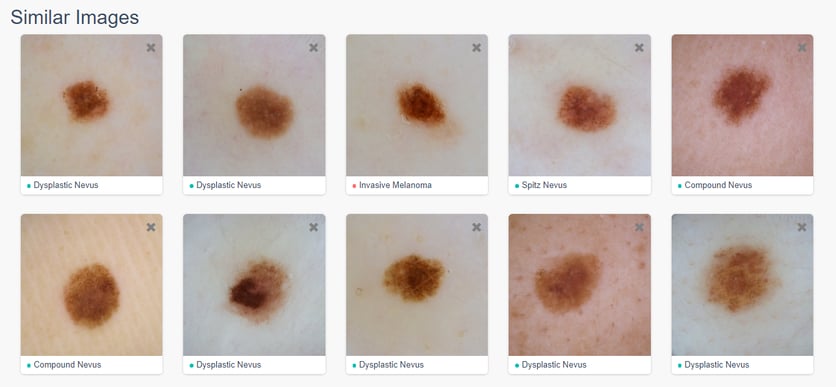-The MetaOptima Team
Would you like to implement the latest intelligent dermatology tools in your practice? sign up for a demo today!
How Are Digital Health Technologies Changing The Dynamics Of Human Relationships?
Within digital healthcare are millions of intricate pieces that comprise what is today’s care system. One of the core pieces of this elaborate scheme are human relationships: patients interacting with their physicians, doctors with their colleagues, and (perhaps the most ambiguous) medical professionals with health technologies. This article looks to summarize the changes that digital health tech has brought to these three primary areas of professional relationships with a focus on the dermatology industry.
Doctor-Patient
The advent of teledermoscopy software has allowed dermatologists to provide their professional services from afar. What was once limited to a six-month wait and in-office consultation has transformed into nearly immediate care with a drastic reduction in unnecessary in-clinic visits. As a result, patients receive their care in ideal time frames limited associated costs (such as patient transportation and additional office visits). For example, the annual cost of treating skin cancer alone is estimated to cost the US healthcare system an annual $8.1 million.1 For conditions where the early detection of the spot is intrinsic to survival rates, teledermoscopy services not only translate to saved costs, but also saved lives.
Doctor-Doctor
Through the use of cloud-based EMR software, medical professionals are able to quickly and securely share or refer a patient’s case, and remain connected to their colleagues through their professional network. This solution ensures that dermatologists, pathologists, nurses, and other medical authorities are able to securely send important information while remaining private.
This holds especial importance, as research demonstrates that 87% of medical professionals are shown to use their smartphone in a healthcare setting which includes the possibility of texting or emailing patients about their information.2 Not only do the latest practice management software eliminate this security risk, it also results in the centralization of patient files for streamlined communications and information accessibility for better informed clinical decisions.
Doctor-Technology
Perhaps the most drastic change to relationships is how dermatologists interact with the technologies themselves. Prior to the introduction of artificial intelligence in dermatology, medical professionals were often on their own for providing important consultations unless seeking a second opinion or submitting the case for referral. Research shows that 64% of the time that a physician spends online is looking for information to support clinical decisions.2
New intelligent dermatology software is designed with this need in mind; visionary dermatology software companies are implementing smart tools designed to support the clinical decisions of medical professionals. By processing the visual data of thousands of pre-labeled dermoscopic images, the machine can then identify the visual characteristics of a new patient case to provide valuable statistics relating to those visually similar images
Currently, studies demonstrate that artificial intelligence (AI) tools can already provide a ~92% diagnostic accuracy rate in identifying skin cancer in dermoscopic images. However, what is more astounding is that when a dermatologist works with this intelligent dermatology software, the diagnostic accuracy increases to an astounding 99.5%, suggesting that the future of healthcare is not in either artificial intelligence (AI) or the medical professional, but in their unity.3
Conclusion
Technology has become intrinsic with modern healthcare infrastructure. Dominated by the latest innovations in dermatology apps, cloud-based EMR software, teledermoscopy, and artificial intelligence (AI), patient care coordination will forever be changed. Although a potentially golden era of intelligent dermatology software and tools, research clearly demonstrates that only the combination of human ingenuity mixed with technology can remain the uncontested ideal for providing optimized patient care.
Topics: Dermatology Digital Health AI Teledermatology Artificial Intelligence in Dermatology AI In Healthcare Teledermoscopy EMR Software Cloud EMR Software Cloud Based EMR EMR System







